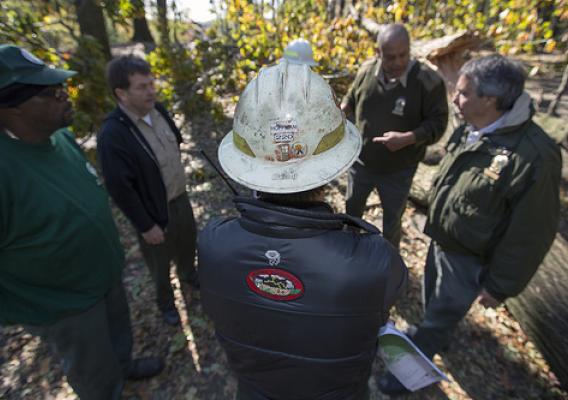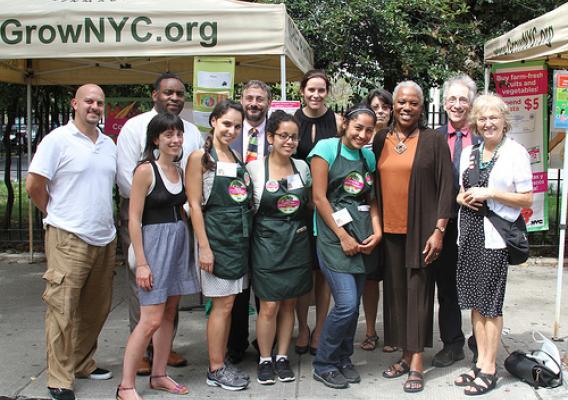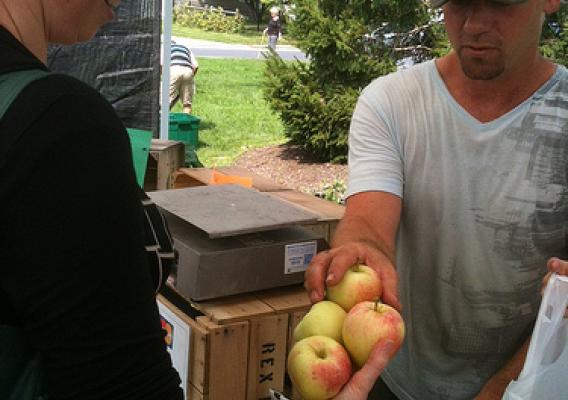Tough times and dire circumstances have a longstanding history of bringing America’s communities and organizations together. The recent storms that descended on much of the nation’s Mid-Atlantic and Northeast regions have underscored these important partnerships.
For many of the stricken areas, including the urban centers in the Northeast, natural disasters of this scale are relatively rare. And households containing the very young, elderly and those with special needs are of particular concern to USDA and our many partners engaged in these emergencies.
To aid those in Hurricane Sandy’s crosshairs, USDA swiftly coordinated with FEMA, States, and partner organizations to provide disaster nutrition assistance in 13 states. By issuing automatic, mass replacement of SNAP benefits to certain households hit by the storm – for instance – SNAP individuals and families currently participating in SNAP will be able to replace their food purchased with SNAP benefits that spoiled due to flooding and power outages. In the severely affected areas of New Jersey and New York SNAP recipients will be granted a waiver to purchase hot foods with their benefits. In addition, USDA has worked with retailer trade associations to ensure SNAP authorized stores are aware of this waiver and eligibility for the purchase of hot foods through the month of November. Meanwhile, several other States have been granted extensions to report loss of food purchased with their SNAP benefits and to request replacement benefits.





